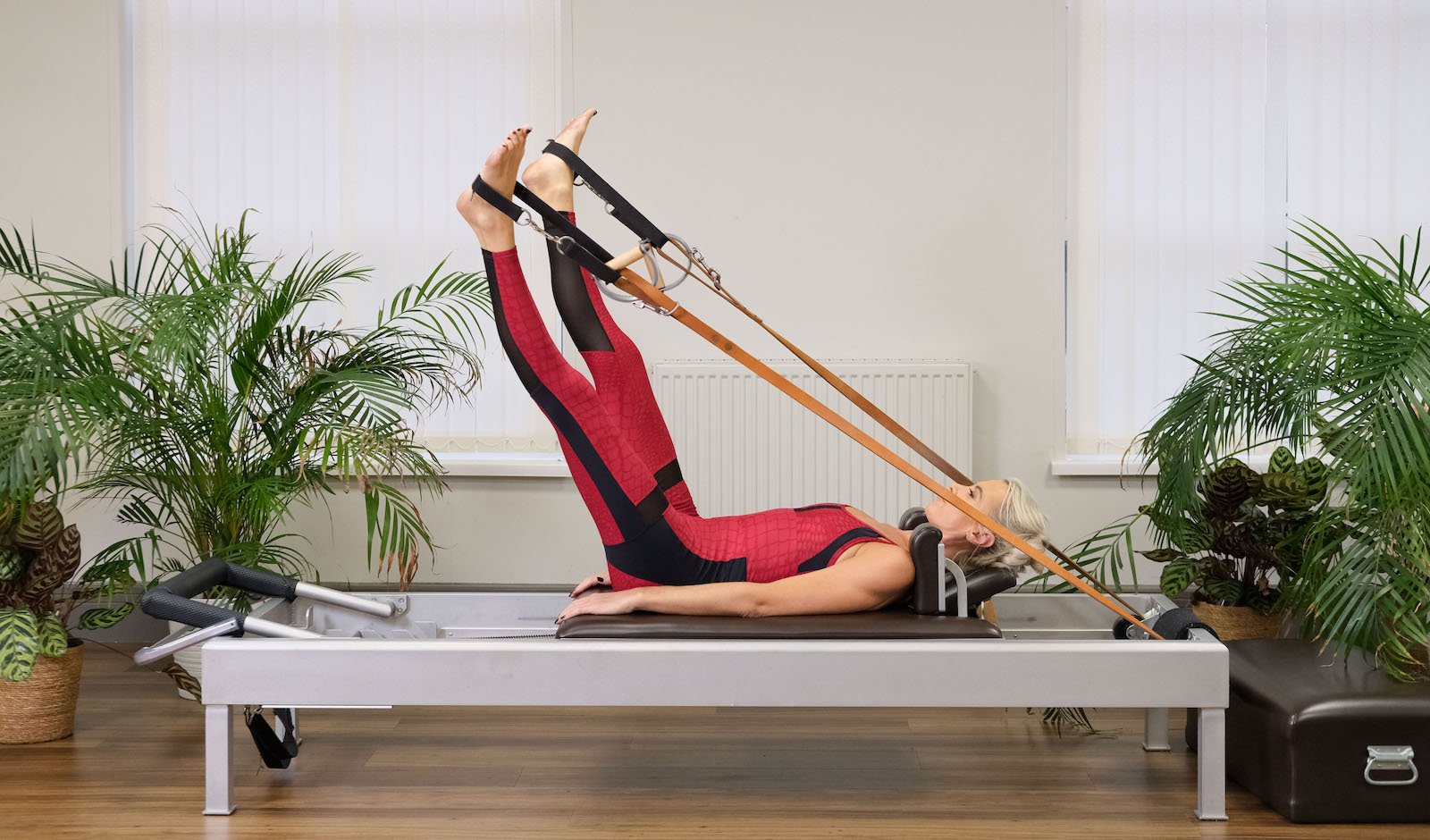
When we use the term Pilates, we refer to a series of mind and body workouts created and developed in the early 20th century by Joseph H Pilates, a German physical trainer, inventor and writer. Originally named Contrology, Pilates is a system of exercises using an array of studio apparatus including the mat. In Pilates no single piece of equipment is more important than another. When we learn classical Pilates we are practicing the original works of Joseph Pilates.
Pilates is categorised into four experience levels: beginner, intermediate, advanced and super advanced. Pilates exercises build on one another and each apparatus can be used at any experience level. Everything you learn in the beginner system will serve as a foundation for intermediate, advanced and super advanced Pilates exercises. Think of it like learning a language. You need to start with the basics before you can be fluent in the conversation and you need to practice! Mat exercises were originally signed to students as homework and designed to help them keep up the hard work in between studio sessions.
Beginner exercises are practiced in the set order and introduced mainly on the mat and the Reformer with additional exercises on other pieces of studio apparatus to support learning and understanding. As one becomes more practiced. stronger and accomplished, the intermediate exercises are weaved into the exercise programme to make the workout more comprehensive and more challenging for the practitioner.
In determining the set order, we may leave out any exercise that is too demanding or creates strain in the body. The purpose of the order of exercises is to help build the body to get more control and integrate the work into the body. It is a practice and these exercises matter. No matter how advanced you become as a practitioner, the foundational exercises will never leave you!
The more advanced the practitioner becomes the more flow as the moves are more complex. The advanced exercises then are added to make the workout more challenging. So the order of each exercise builds up the repertoire of the workout and the workout gets progressively more challenging with the transition between exercises becoming part of the workout. To some, the transition exercises are the most challenging!
All new practitioners to Pilates start with the foundational exercises. Because they are performed mainly whilst laying down, beginner exercises offer a larger base of support. The movement of one part of the body gets balanced out by the stability of other parts of the body. As the student feels stronger and begins to move with more control, the exercises get more challenging and the base of support is reduced. It can be difficult for beginners to understand what they are trying to feel or accomplish on the mat, so this is where the apparatuses are useful. Because they are designed to provide resistance, they can provide valuable feedback for the body.

Recent Comments